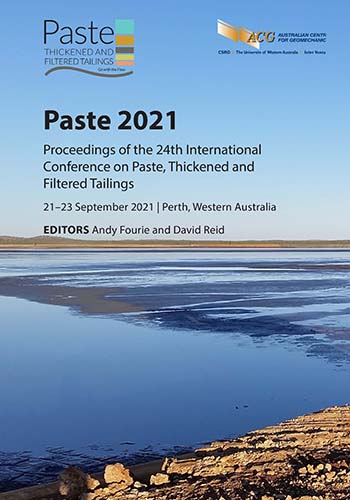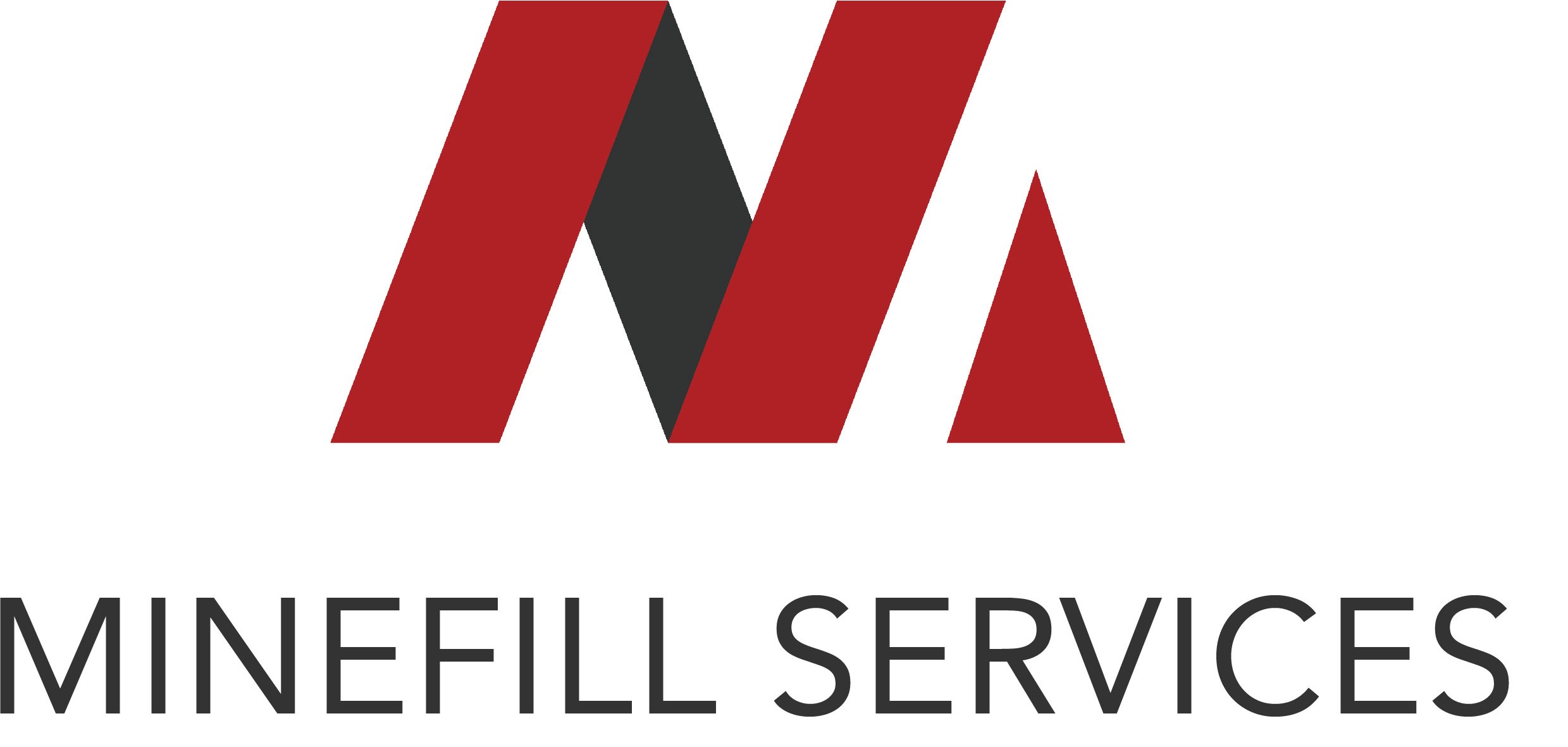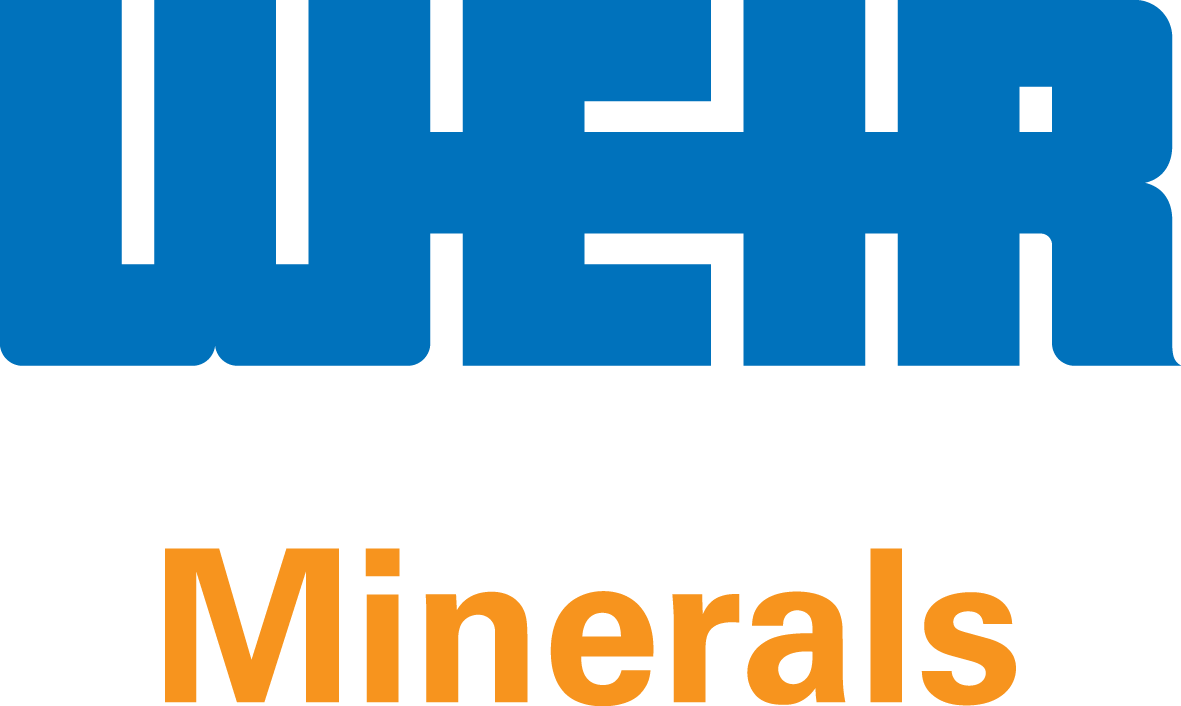Paste backfill continuous pour: Red Lake operations case study

|
Authors: Oke, J; Hawley, K; Belem, T; Hashemi, A |
DOI https://doi.org/10.36487/ACG_repo/2115_31
Cite As:
Oke, J, Hawley, K, Belem, T & Hashemi, A 2021, 'Paste backfill continuous pour: Red Lake operations case study', in AB Fourie & D Reid (eds), Paste 2021: Proceedings of the 24th International Conference on Paste, Thickened and Filtered Tailings, Australian Centre for Geomechanics, Perth, pp. 381-396, https://doi.org/10.36487/ACG_repo/2115_31
Abstract:
Cemented paste backfill (CPB) has become known as a superior secondary ground support technique and mine tailings storage method for stoping. Extensive scientific research has been conducted by the authors on CPB to provide the Red Lake operation (RLO) of Evolution Mining with an optimised backfill placement process. CPB mechanical/viscous behaviour is governed by its plasticity, the tailings particle size distribution, particle shape, mineralogical composition, water content, and the type and dosage of binder used (e.g. cement and/or supplementary cementitious material). For the CPB design, it is necessary to have a thorough understanding of the combined effects of filling rate, self-weight consolidation (volume shrinkage/settlement), and binder hydration rate for each specific paste mixture. Due to these complex factors and interactions, a rational CPB material design process was assessed to demonstrate the safety aspects related to a continuous pour. For this purpose, an extensive field monitoring program was required to quantify the CPB performance and characteristics. There are two different ways of optimising the CPB design to maximise placement rate: (i) optimising the type and amount of binder added to the system, and (ii) optimising the CPB placement process underground. Optimisation of binder type and dosage is relatively easy as the required backfill stand-up strength is based on block dimensions, stope stability, and extraction sequencing. Optimisation of backfill placement is more difficult, as the understanding of the viscous/pseudo-plastic behaviour of the CPB is required throughout the pour. Typically, a three-stage (plug–cure–main) pouring strategy is implemented to mitigate the lack of understanding of the CPB behaviour during placement. The CPB plug (i.e. height of initial pour regime) is designed to mitigate the pressure on the backfill fence. Once this CPB plug has cured and reached the required shear strength, the backfill fence is no longer required, and the remainder of the stope void (main) can be filled. However, if the curing time of the in situ paste is accelerated due to the binder exothermic hydration process (volume shrinkage) and backfill self-weight consolidation (water drainage), it is possible to have a more aggressive pour regime provided that all the required design parameters, site procedures, company protocols, and critical controls are met. RLO implemented instrumentation, and an early-age CPB strength testing program to evaluate whether their CPB can be poured continuously or at least more aggressively. Four stopes were instrumented with total earth pressure cells (TEPCs) and piezometers to capture the pressures acting on the fill fence structures and the strengthening response of the CPB plug within the stopes. This paper summarises the results of each of the tests performed. Based on the results obtained from this study, it was concluded that RLO can safely conduct continuous CPB pours with appropriate safeguards and protocols in place. It is important to note that this paper is a summary of the CPB performance and characteristics in RLO longhole stopes and does not reflect site-specific safety procedures, protocols, and critical controls required for a more aggressive pouring regime.
Keywords: cemented paste backfill, instrumentation, total pressures, continuous pour, shotcrete fill fence
References:
Belem, T, Effenguet, H & Mbonimpa, M 2013, ‘Estimation of required minimum binder content by assessing the liquefaction potential of early age cemented mine backfill’, Proceedings of the 66th Canadian Geotechnical Conference, The Canadian Geotechnical Society, Vancouver.
Grabinsky, MW, Simon, D, Thompson, BD, Bawden, WF & Veenstra, RL 2014, ‘Interpretation of as-placed cemented paste backfill properties from three mines’, in Y Potvin & T Grice (eds), Proceedings of the Eleventh International Symposium on Mining with Backfill, Australian Centre for Geomechanics, Perth, pp. 351–363,
Grice, T 1998, ‘Underground mining with backfill’, Proceedings of the 2nd Annual Summit - Mine Tailings Disposal Systems.
Le Roux, K, Bawden, WF & Grabinsky, MW 2004, ‘Liquefaction analysis of early age cemented paste backfill’, Proceedings of the 8th International Symposium on Mining with Backfill, The Nonferrous Metals Society of China, Beijing, pp. 233–241.
Oke, J & Hashemi, A 2021, ‘In-situ backfill monitoring database’, in AB Fourie & D Reid (eds), Paste 2021: Proceedings of the 24th International Conference on Paste, Thickened and Filtered Tailings, Australian Centre for Geomechanics, Perth, pp. 353–368.
Oke, J, Hawley, K, Belem, T & Hashemi, A 2021, ‘Paste backfill thermal contraction: Red Lake operations case study’, in AB Fourie & D Reid (eds), Paste 2021: Proceedings of the 24th International Conference on Paste, Thickened and Filtered Tailings, Australian Centre for Geomechanics, Perth, pp. 381–396.
Theriault, JA, Frostiak, J & Welch, D 2003, ‘Surface disposal of past tailings at the Bulyanhulu gold mine, Tanzania’, in G Spiers, P Beckett & H Conroy (eds), Proceedings of the 2003 Sudbury Mining and Environment Conference, Laurentian University Centre for Continuing Education, Sudbury, pp. 265–269.
Thompson, BD, Grabinsky, MW, Bawden, WF & Counter, DB 2009, ‘In-situ measurements of cemented paste backfill in long-hole stopes’, in M Diederichs & G Grasselli (eds), Proceedings of the 3rd Canada-US Rock Mechanics Symposium & 20th Canadian Rock Mechanics Symposium, University of Toronto Press, Toronto.
Yumlu, M 2001, Backfill Practices at Çayeli Mine, Proceedings of the 17th International Mining Conference, pp. 333–339.
© Copyright 2026, Australian Centre for Geomechanics (ACG), The University of Western Australia. All rights reserved.
View copyright/legal information
Please direct any queries or error reports to repository-acg@uwa.edu.au
View copyright/legal information
Please direct any queries or error reports to repository-acg@uwa.edu.au





